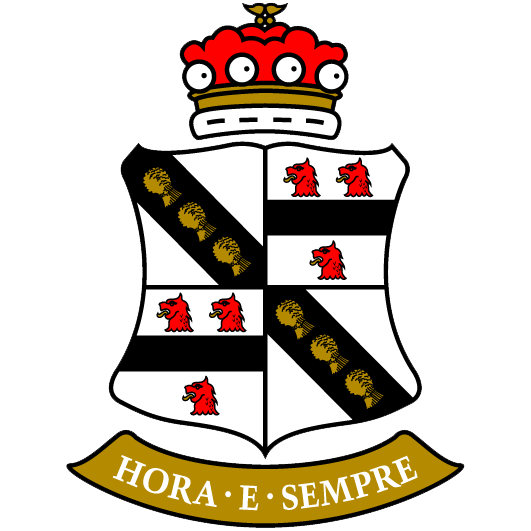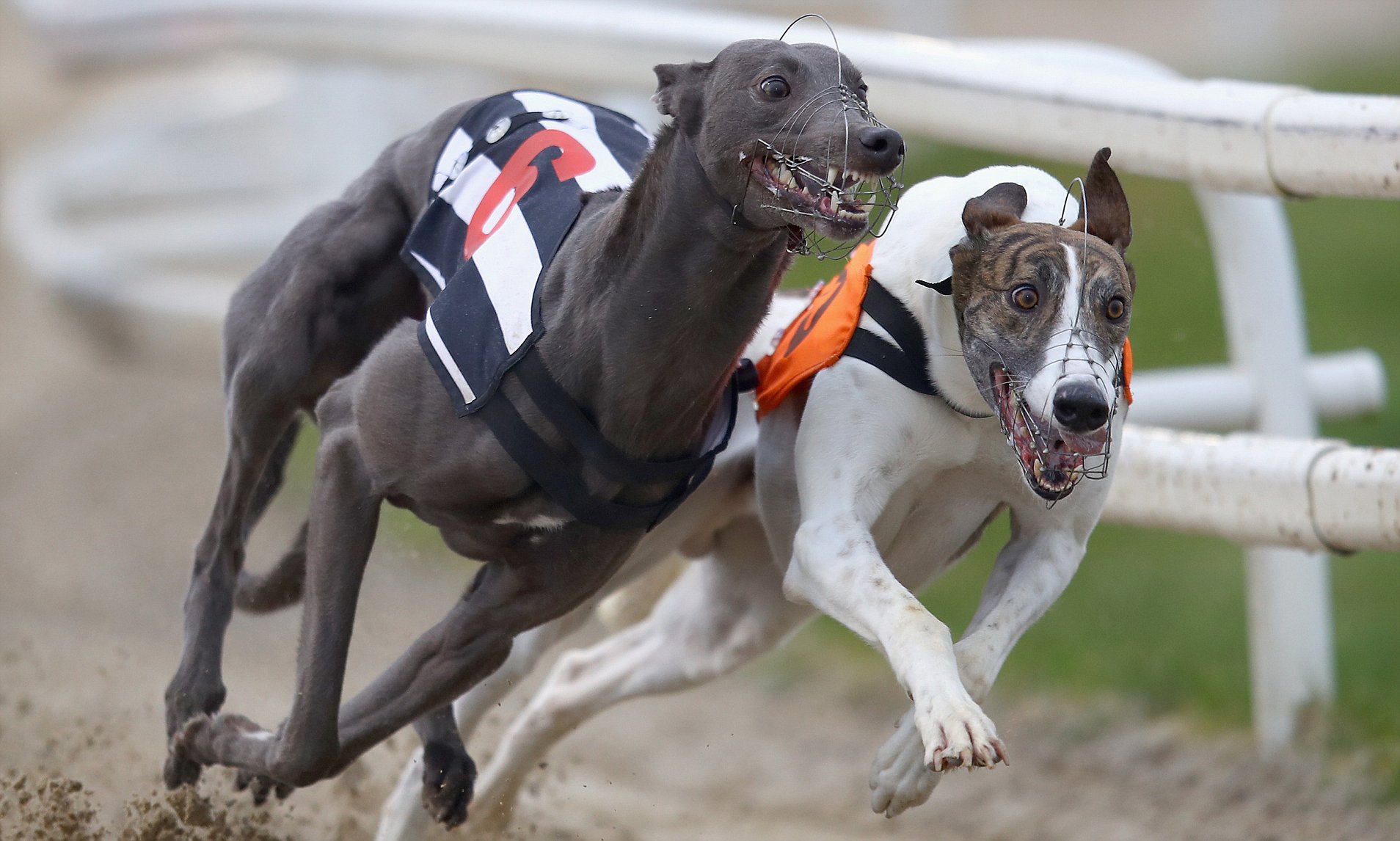The gender of the participating greyhounds – male (‘dogs’) and female (‘bitches’) – serves as a critical factor in predicting their performance. The racing participations consist of both dogs and bitches competing head-to-head over multiple distances and grades, worldwide.
Consistency of Dogs in Races
Dogs in greyhound racing: Dogs are generally considered to be more consistent in their racing performance. They are often best suited to:
- Sprint races
- Middle-distance races
Despite this general belief, there are always exceptions to this rule, as some dogs may excel in endurance or long-distanced races as well.
The Challenges of Training Bitches
Bitches in greyhound racing: Bitches tend to be more challenging to train for races due to their biological cycles. Interruptions to the racing schedule occur when:
- A bitch goes into season (Ssn)
- The assignment requires her to be withdrawn from all racing activities
In accordance with GBGB Rule 56, a bitch in season must remain absent from racing for at least 21 days or until the vet on duty at the race track attests that she is fit to race. However, this hiatus can extend to about 8-10 weeks in most cases.
| Event | Description | Duration |
|---|---|---|
| Going into Season (Ssn) | Female greyhound becomes reproductive; regular racing schedules are interrupted. | At least 21 days (as per GBGB Rule) or until race-fit |
| Withdrawal from races | Mandatory withdrawal period when a bitch goes into season. | Generally 8-10 weeks |
These factors significantly affect the training and performance consistency of bitches in greyhound races.
Greyhound Breeding: From Racing to Reproduction
Upon retirement from racing, a female greyhound, more commonly referred to as a ‘bitch,’ embarks on a new role in breeding. Once successfully mated with a male greyhound, known as a ‘sire,’ she earns the title of a ‘brood.’ Following the whelping of her first litter, she is then designated as a ‘dam.’
Importance of Breeding Lines
Reading the breeding lines: Knowledge of greyhound pedigree is essential to avid race-goers. When studying form, factors to consider are:
- The lineage of all competing greyhounds
- A record of any former ‘top class bitch’ that has produced offspring by a ‘classic winning sire’
Breeding of High Pedigree Puppies
Breeding with celebrated parentage: While certainty does not exist in breeding outcomes, puppies bred from high pedigreed parents are said to fall under the category of “bred in the purple.” These puppies are:
- High in demand
- Likely to carry similar colourings and markings as their parents
- Inclined to display ‘racing traits’ that are common to either their sire or dam, such as racing styles and preferred distances
| Sire/Dam Characteristics | Offspring Traits |
|---|---|
| Classic Winning Sire | Likely to possess racing traits and style of the sire |
| Top Class Dam | Likely to exhibit colouring and markings similar to dam |
The in-depth understanding of a greyhound’s breeding can serve as a critical tool for predicting racing performances, particularly for young greyhounds with a celebrated lineage. Despite the influence of breeding lines, the display of favorable racing traits, as passed on from parent to offspring, ultimately defines the potential success of a young sapling in the high-stakes world of greyhound racing.
Greyhound Form Notations: A Comparative Study of UK and American Systems
The interpretation of greyhound racing form involves the understanding of specific abbreviations used in different regions. The principles of designating gender and color in the UK and American form guides differ notably.
UK Greyhound Form: Indicating Gender and Color
Understanding the UK greyhound form: In the United Kingdom, gender and color information for a greyhound is typically located to the left of the sire’s name and it utilizes abbreviations. These notations include:
- ‘d’ for a male greyhound, also known as a dog
- ‘b’ for a female greyhound, identified as a bitch
The gender notation is preceded by other abbreviations that specify the greyhound’s color. For instance:
- ‘bk. d.’ denotes a black dog
- ‘w.bd.b.’ refers to a white brindle bitch
- ‘f.w.b.’ stands for a fawn white bitch
- ‘be.d.’ signifies a blue dog, and so forth
| Abbreviation | Description |
|---|---|
| bk. d. | Black dog |
| w.bd.b. | White brindle bitch |
| f.w.b. | Fawn white bitch |
| be.d. | Blue dog |
American Greyhound Form: Gender Designation
Understanding the American greyhound form: In contrast to the UK system, American racing form stats simplifies the gender designation with ‘m’ denoting a male dog and ‘f’ representing a female dog.
| Abbreviation | Description |
|---|---|
| (m) | Male dog |
| (f) | Female dog |
Understanding these symbols and abbreviations is crucial for those involved in greyhound racing, as it allows for a quick, concise delivery of necessary information, aiding the prediction of greyhound performance based on gender and color.
Season Dates and Peak Fitness of Greyhound Bitches
The importance of understanding season dates lies in predicting a greyhound bitch’s fitness and readiness for racing. Monitoring seasonal rest, lactose levels, and racing performance, leads to a more accurate evaluation of a bitch’s race potential.
Fitness after Seasonal Rest
Returning from seasonal rest: Bitches that come back from a seasonal break might display:
- ‘Race rustiness’ due to lack of practice
- Extra weight as a result of lactose buildup in their systems
After attempting a few trials and races, these ‘seasoned bitches’ often return to peak form, showing enhancement in running style, sectionals, and race times.
Timing for Peak Fitness
Approximate peak fitness: The ‘perfect time’ for a greyhound bitch to approach peak fitness is usually considered to be 16 weeks after a season. However, there could be variations in this timeline, such as:
- Greyhounds that achieve peak performance earlier, around 14 weeks
- Greyhounds requiring a longer period of 18-24 weeks to attain top form
Response to Natural Cycle
Following the natural cycle: Female greyhounds often continue to improve and perform exceptionally for several weeks as they follow their natural cycles, either ‘coming into form’ or ‘going out of form.’ As the saying goes: “It always pays to follow a bitch in form!”
Interpreting Whelping and Season Dates
Locating season dates: The seasonal date can be found next to the whelping date (e.g., MAY 19 (Season 03 AUG 21)).
In some cases, heavily raced bitches might experience irregular seasonal dates, resulting in two or three seasons within a single year. These could include:
- ‘False heat’ that does not result in successful breeding
- Instances where a bitch does not experience a season at all
In conclusion, tracking the seasonal dates and understanding a greyhound bitch’s fitness can aid in predicting her race performance and success, especially for those seeking to place informed bets or strategize racing line-ups.




